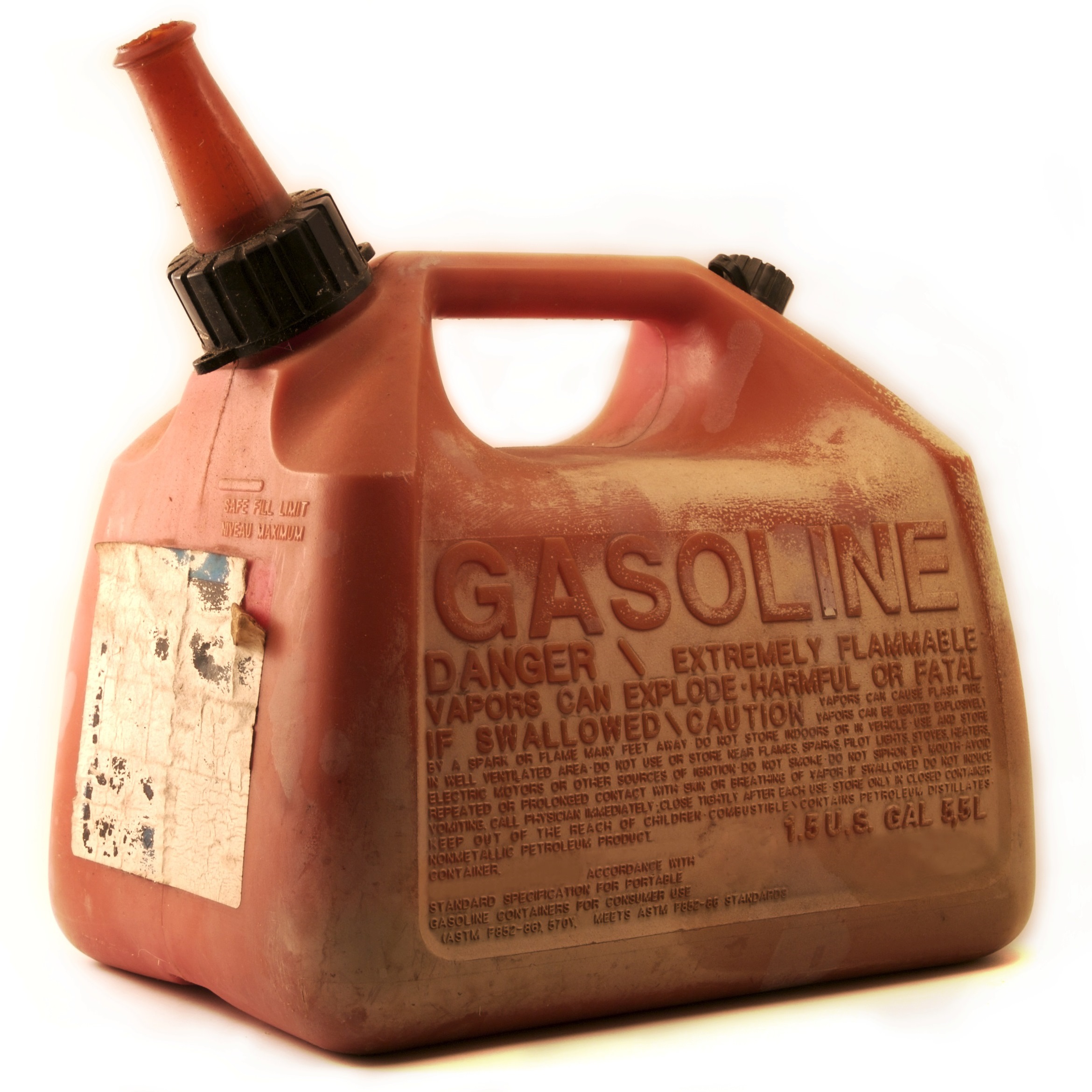Energy
A Threat of Higher 2018 Gas Prices as Oil Hits 2.5 Year Peak

Published:
Last Updated:

Gasoline prices are driven by several things, including proximity to refineries, states taxes and levies, and oil prices. Oil prices have the largest effect by far. The price recently ticked above $60 for the first time in two and a half years. That means gas prices are likely to rise early next year. It is too early to say by how much and whether the trend will continue.
The price increase from June has been particularly steep. Seven months ago, oil prices were below $45 a barrel. Interruptions in supply, rumors of interruptions and a decision by OPEC to constrain demand have triggered a large part of the increase. Shale oil supply from the United States and Canada has been a counterweight, but not by enough to keep prices stable at below $50.
The average price of gallon of regular gas nationwide is $2.48, according to the AAA’s gas price database. A year ago, that number was $2.33. Based on those numbers, the point could be made that oil prices have not made much of a dent in gas prices. But much of the run up in oil is recent.
The AAA’s researchers have said that the holidays will drive prices higher. It is harder for them to estimate what happens in January. If oil price increases are passed along, the holiday rise may be only a start.
One thing that is certain is that the effect of gas prices is uneven across the country, which means how it hurts or helps the pocket books of consumers is uneven. AAA reported:
The nation’s top ten least expensive markets are: Alabama ($2.17), Texas ($2.17), Mississippi ($2.18), Arkansas ($2.18), Oklahoma ($2.19), South Carolina ($2.20), Missouri ($2.20), Louisiana ($2.22), Kansas ($2.22) and Tennessee ($2.23).
Many of these are near the big refineries south of Houston on the Gulf. Even if the price rises in these states, it should remain well below the national average. Drivers in other states are not as lucky. The price of an average gallon of regular is over $3 in Hawaii, Alaska and California. The California number means a meaningful portion of the U.S. population is paying high gas prices. The state has almost 40 million residents, against a national population of 323 million.
Odds are good that gas prices will rise next year. If oil prices continue to march upward toward $70 a barrel, the increase could be a big one.
The last few years made people forget how much banks and CD’s can pay. Meanwhile, interest rates have spiked and many can afford to pay you much more, but most are keeping yields low and hoping you won’t notice.
But there is good news. To win qualified customers, some accounts are paying almost 10x the national average! That’s an incredible way to keep your money safe and earn more at the same time. Our top pick for high yield savings accounts includes other benefits as well. You can earn up to 3.80% with a Checking & Savings Account today Sign up and get up to $300 with direct deposit. No account fees. FDIC Insured.
Click here to see how much more you could be earning on your savings today. It takes just a few minutes to open an account to make your money work for you.
Thank you for reading! Have some feedback for us?
Contact the 24/7 Wall St. editorial team.